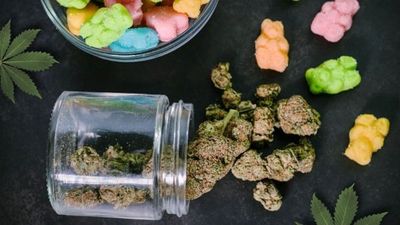It’s been almost five months since COVID-19 started to dominate headlines in Canada and many people and businesses had to adapt to quickly changing circumstances.
As one of Canada’s largest membership organizations, with multiple areas of business, CAA had to navigate the changes in various industries in order to keep CAA members safe.
The initial response
As a travel company, our agents helped to rebook hundreds of passenger travel itineraries as flights were cancelled and borders closed. CAA’s travel insurance company, Orion Travel Insurance, worked with thousands of insureds to extend their trip cancellation and interruption insurance policies while offering additional protection for travel suppliers’ vouchers and credits.
As the community spread of COVID-19 started to take hold, CAA had to make the difficult decision to implement contact-free service and ask members to seek alternative transportation from their breakdown location, all in the interest of keeping members and drivers safe.
To help do our part to curb the spread of the virus, a decision was made in early March to close all of CAA’s retail stores across south-central Ontario. While the state of emergency had not yet been implemented by the province, we felt it was the right thing to do. All CAA associates across the company quickly adapted to work from home.
Shortly after, a state of emergency went into effect in Ontario and CAA was established as an essential service both for roadside and insurance operations.
A Responsibility to do something good
Once the safety of CAA operations was taken care of, we quickly started looking at how else we can make a difference during this difficult time.
First, we committed to supporting healthcare workers and first responders by offering free roadside assistance during this crisis.
We then leveraged our network of trucks to deliver vital food and supplies to those in need. CAA worked with several large organizations in need, such as food banks, Meals on Wheels, Mobilizing Masks for Healthcare Workers and other community service groups, to assist with delivering vital supplies where they were needed urgently.
CAA also felt that it was important to stay connected and check in on the vulnerable members of our community who are struggling most. We created Operation Outreach to proactively reach out to a group of CAA members who were over the age of 75. The initiative was overwhelmingly positive with members appreciating the call and opportunity to interact with someone. One member even offered to join our outbound-calling team and to help check in with others.
As the pandemic continued, we noticed that another important way we could give back and help people in need was through our insurance coverage.
We saw that Canadians everywhere were feeling the profound social, emotional and financial effects of COVID-19, and so CAA Insurance looked at every possible way to help people save money. We are the only insurance company offering a 10% rate reduction on both home and auto policies, as well as a $100 Auto Insurance Relief Benefit. Unlike other insurers, we made sure that the rate reduction would be valid for the duration of the 12-month policy term.
By the numbers
Everything that was accomplished throughout the pandemic was possible thanks to the hard work of dedicated Associates and the enduring support of our Members. While many Members may join CAA for roadside or to sign up for insurance, they are also contributing to the community.
The COVID-19 pandemic presented an opportunity for us to support our Members and the communities in which they live. We are pleased to share the impact that was made throughout this time.





